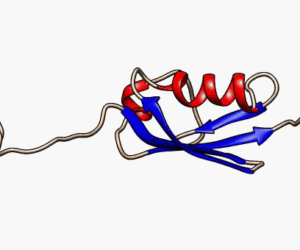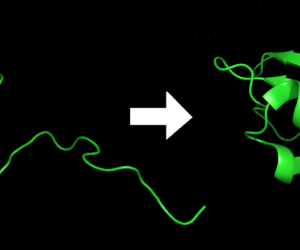Tag: amino acid
-

In a previous post, we discussed how proteins fold into unique shapes that allow them to perform their biological functions. Through many physical and chemical properties, like hydrogen bonding and hydrophobicity, proteins are able to fold correctly. However, proteins can fold improperly, and sometimes these malformed peptides aggregate, leading to diseases like Alzheimer’s. How can…
-

Protein Folding Part 1 Originally posted by Michigan Science Writers Editors: David Mertz, Zulierys Santana-Rodriguez, and Scott Barolo Proteins do most of the work in your body: Depending on their shape, they can digest your food, fire your neurons, give color to your eyes and allow you to see colors. Proteins follow instructions encoded in…
